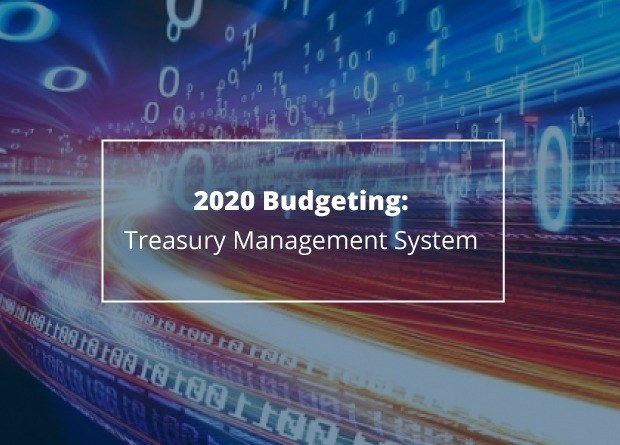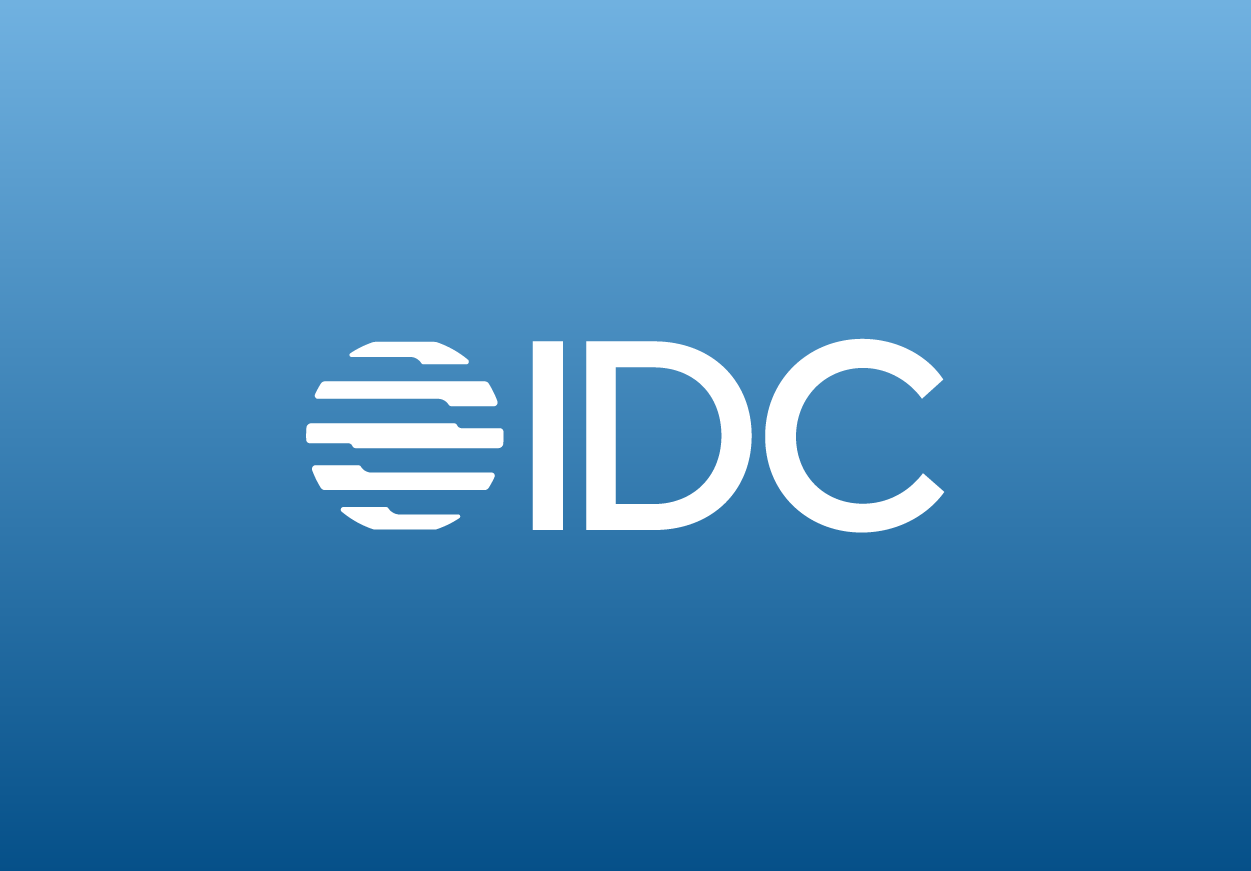Blog
Budgeting for 2020: The Case for a Treasury Management System

Budgeting season is upon us – and that means it’s time to take a critical look at your existing technology and consider what investments may be needed to support treasury in the new year.
For corporate treasurers, the importance of best-in-class technology has never been clearer. While global markets continue to experience volatility, today’s time-strapped treasurers are having to achieve more with less. So, making the best use of the time available is essential – but research carried out by Kyriba last year found that global treasury teams are wasting an average of 4,812 hours per year by using traditional spreadsheets for cash, payments and accounting.
As well as enabling the treasury team to make better use of its time, a treasury management system (TMS) can lead to considerable cost savings. And by improving visibility over the company’s current cash balances and future flows, a TMS can also empower treasurers to make better-informed decisions about funding, hedging and investments.
What’s more, concerns about fraud and cyberattacks are making it more pressing than ever for treasurers to deploy best practice controls. Indeed, Strategic Treasurer’s 2019 Treasury Fraud & Controls Survey found that 73 percent of companies believe the threat of fraud has increased in the last year. A TMS can play an important role in detecting and preventing fraud, from enforcing payment workflows with multiple approval levels to encrypting data and providing an audit trail for treasury activities.
Building a Business Case
Implementing a TMS brings numerous benefits. But when it comes to budgeting, it’s essential to be able to build a compelling business case in order to secure the necessary approvals. And this means being prepared to demonstrate the ROI that a TMS can generate – from concrete cost savings to the value added.
Fortunately, there’s no shortage of benefits that treasurers can highlight when building a rationale for a TMS investment:
- Time savings. The automation and process efficiency provided by a TMS can reduce the time spent on activities like logging into multiple bank portals, consolidating and aggregating data, generating accounting entries and troubleshooting spreadsheet formulas. Depending on the size of your treasury team, that time saving could be worth tens of thousands or even hundreds of thousands of dollars.
- Increased cash visibility. Gaining better visibility over your bank accounts leads to more accurate cash forecasting. This, in turn, can generate cost savings by enabling companies to reduce borrowing levels or invest idle cash more strategically and at a higher return.
- Lower bank fees. Implementing a TMS can bring numerous opportunities to reduce bank fees. For example, companies can leverage centralized reporting to reduce the number of reports downloaded per day. Adopting a TMS is likely to reduce the costs incurred when multiple users regularly access services via bank portals – and greater visibility over the company’s bank accounts may also help you spot opportunities for bank account rationalization.
- Reduced IT investment. Cloud-based SaaS solutions may reduce the need for IT investments by eliminating the need for internal IT support, removing upgrade costs and upfront license costs.
- Operational improvements. These range from the elimination of spreadsheet-related errors to the introduction of standardized workflows and other fraud controls. Audit trails can also lead to an easier audit process, thereby streamlining internal costs.
Adding Strategic Value
Beyond these concrete savings, treasurers should also consider how they can take advantage of time savings by reallocating that time to value-adding tasks.
With manual processes streamlined or eliminated, treasury professionals’ time could be better deployed on tasks that add strategic value to the organization, such as optimizing working capital or carrying out transformation initiatives. They may also be able to harness analytics more effectively by modeling the impact of different hedging strategies, or by predicting the balance sheet impact of long-term debt issuance.
No Time Like the Present
From making the best use of resources in today’s challenging markets to protecting the organization from fraud using robust security tools, there are many compelling reasons to adopt a TMS. And if you’re looking to implement a new system in the coming year, the quantifiable benefits that an implementation provides make it easy to build a compelling business case.
To learn more about the benefits of a TMS, download the Treasury & Risk Special Report: Benefits and ROI of a Treasury Management System.












